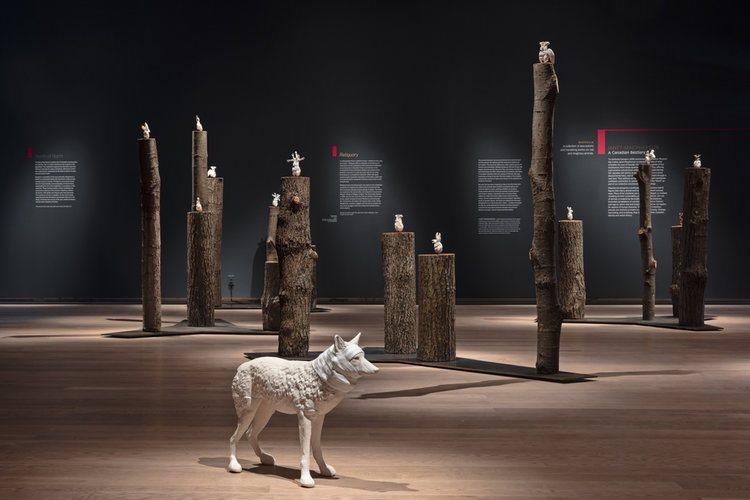
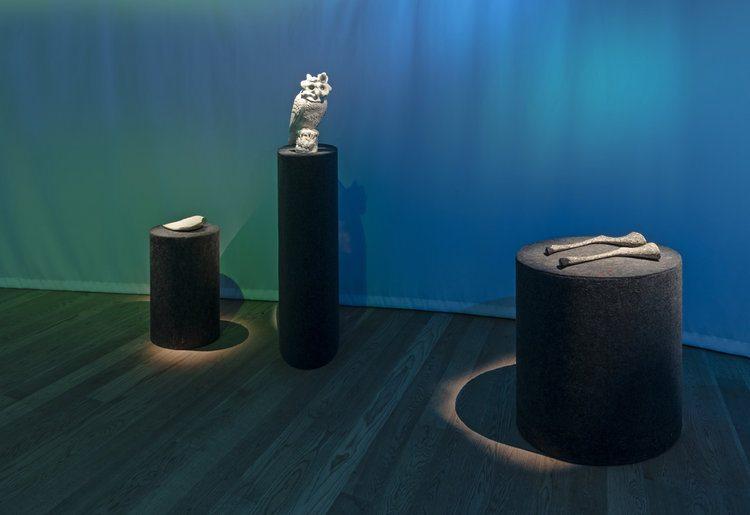
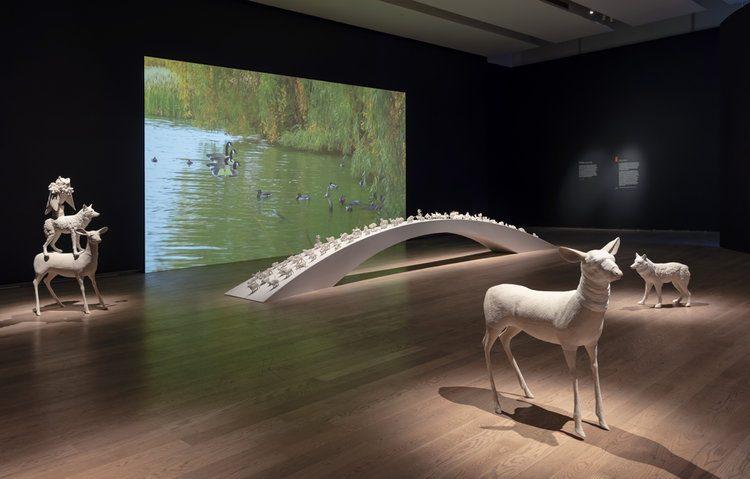
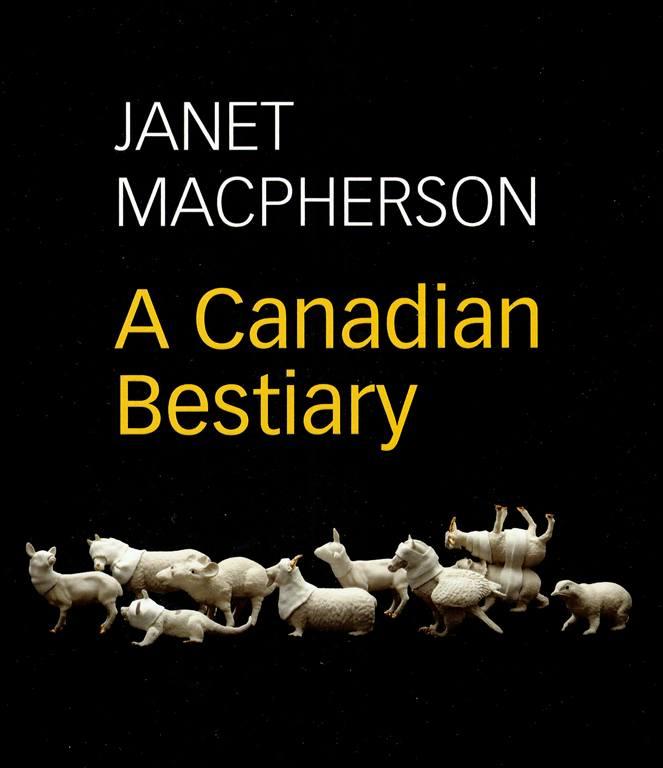
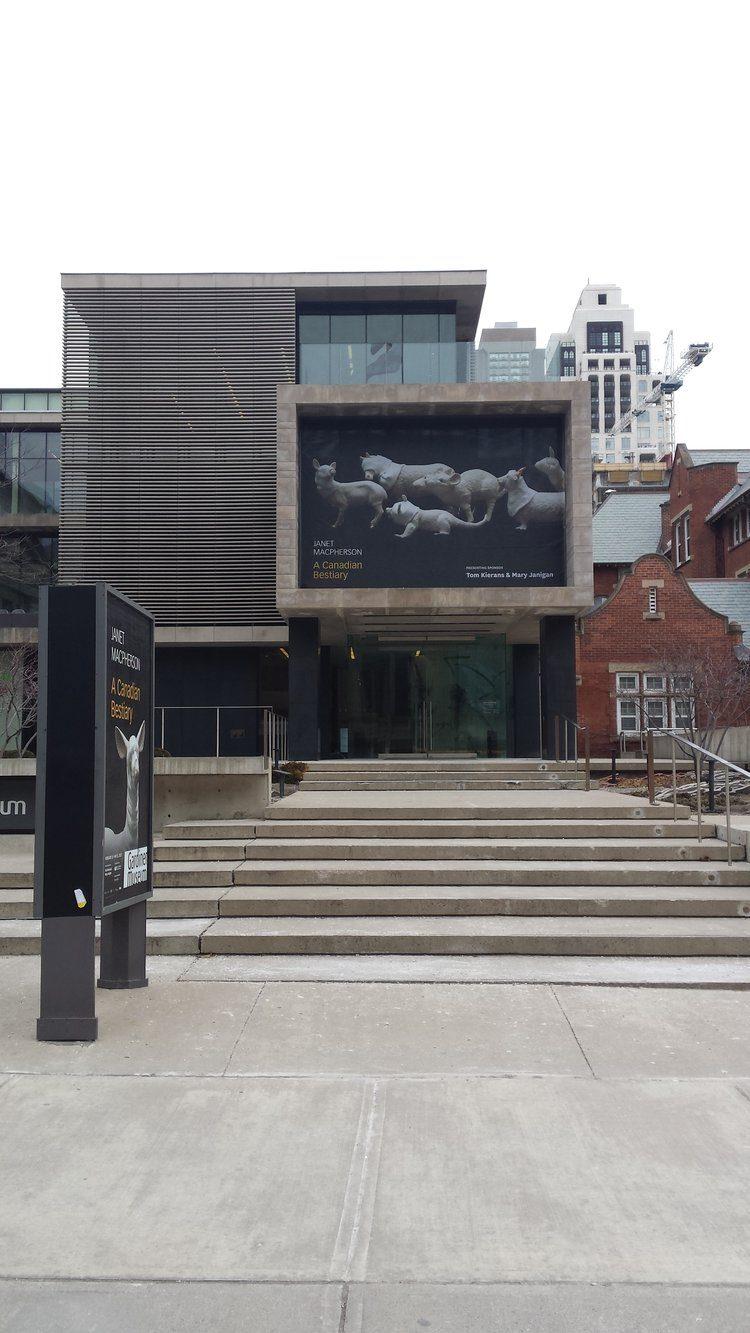
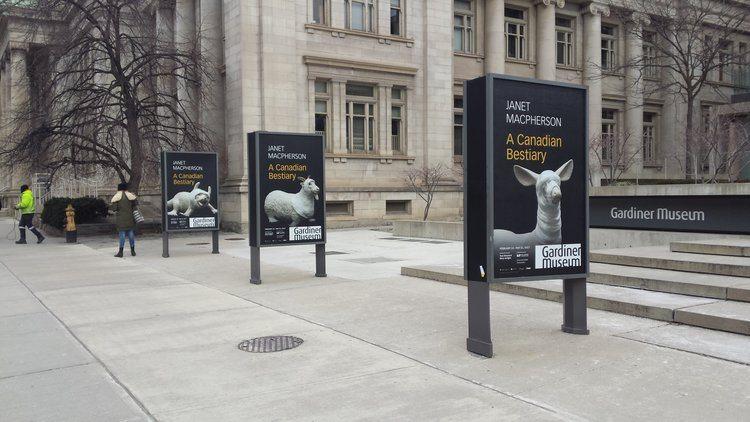
Toronto-based ceramist Janet Macpherson makes porcelain animals, human body parts and hybrids of both in pristine white ceramic form. They’re elegant, endearing and a bit eerie — and for her A Canadian Bestiary exhibition at the Gardiner Museum, Macpherson was asked to bring her signature style to bear (no pun intended) on thinking about Canada’s 150th anniversary. It took a lot of reflection — and what she ultimately created was a compendium of animals that seem rather human, involved in narratives that question our treatment of the environment and each other.